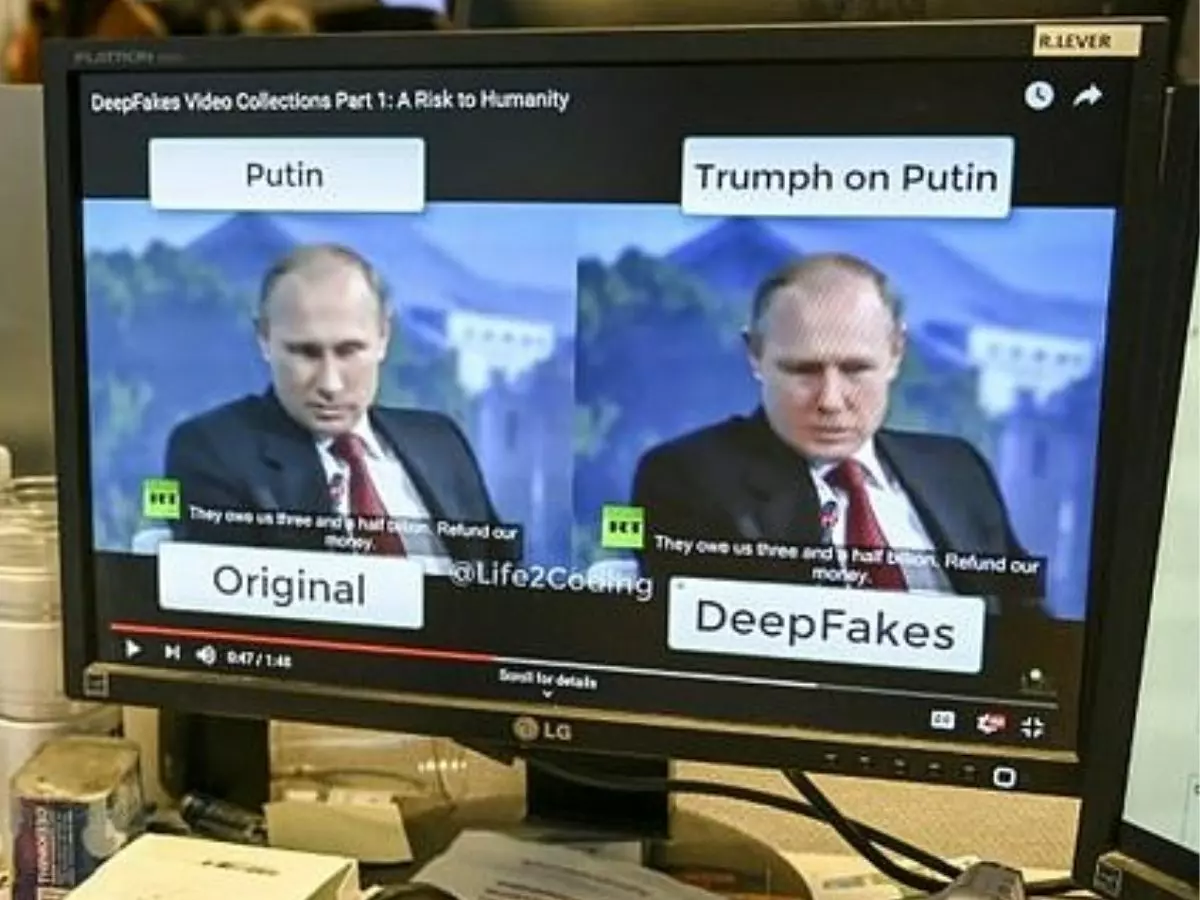AI Tool Can Detect Deepfakes With 94% Accuracy By Scanning The Eyes
The system, developed by Siwei Lyu, a computer science professor at SUNY Buffalo, has found a method through which it can accurately separate a deepfake video from the real deal and all of this is based on the eyes of the person in the video.

Today, deepfakes are getting so good that they look almost real. We¡¯re seeing videos of Tom Cruise on TikTok that many can mistake for the real deal.
So good in fact, that they possess the capability of even causing harm to people as we¡¯ve seen with Telegram bots that are using deepfakes to generate nude images of women based on their clothed images.
 Representational Image: AFP
Representational Image: AFP
To prevent such instances from causing harm and unrest, a need for a tool to spot deepfakes has arisen, and now, one has emerged that touts to be 94 percent accurate.
The system, developed by Siwei Lyu, a computer science professor at SUNY Buffalo, has found a method through which it can accurately separate a deepfake video from the real deal and all of this is based on the eyes of the person in the video.
Accurately detecting Deepfake video
He explains how in actual videos or portraits, human eyes are just as important and impactful as other parts of the body. However, it is the eyes that glisten and reflect, depending on what¡¯s around them. These reflections are identical and each eye gets a different facet of these reflections.
Since deepfakes are actually made from a series of different images that the AI fuses together to showcase a life-like seamless image or video, (and it manages to do it almost perfectly), it misses out on the eyes and its reflections. This is the weakness that Lyu¡¯s system uses to bust a deepfake.
Lyu, who is also a multimedia and digital forensics expert, explains, ¡°The cornea is almost like a perfect semisphere and is very reflective. So, anything that is coming to the eye with a light emitting from those sources will have an image on the cornea.¡±
For creating the deepfake detector, Lyu and his team took portraits of Flickr and fake images from the website ¡®thispersondoesnotexist.com¡¯ that is known to generate faces using AI that even though look lifelike, are actually fake. All the images were portraits with good lighting, cropped to a resolution of 1024x1024 pixels.
The tool quickly mapped out each and every face from the test bunch, analysing eyes, eyeballs as well as the light reflections from it. It went deep to look at differences in shape, the extent of light reflections etc. and managed to find deepfakes among the actual portraits with a decent 94 percent accuracy.
 SUNY Buffalo
SUNY Buffalo
The release added, ¡°The technique looks only at the individual pixels reflected in the eyes, not the shape of the eye, the shapes within the eyes, or the nature of what's reflected in the eyes.¡±
Lyu however, warns that this technique of detection is only good until the AI becomes smart enough. Today the AI ignores the reflection of the eyes, but future AI or a skilled deepfake artist could easily correct these reflections in post, making it almost impossible for the system to detect if it¡¯s a deepfake or the real deal.
